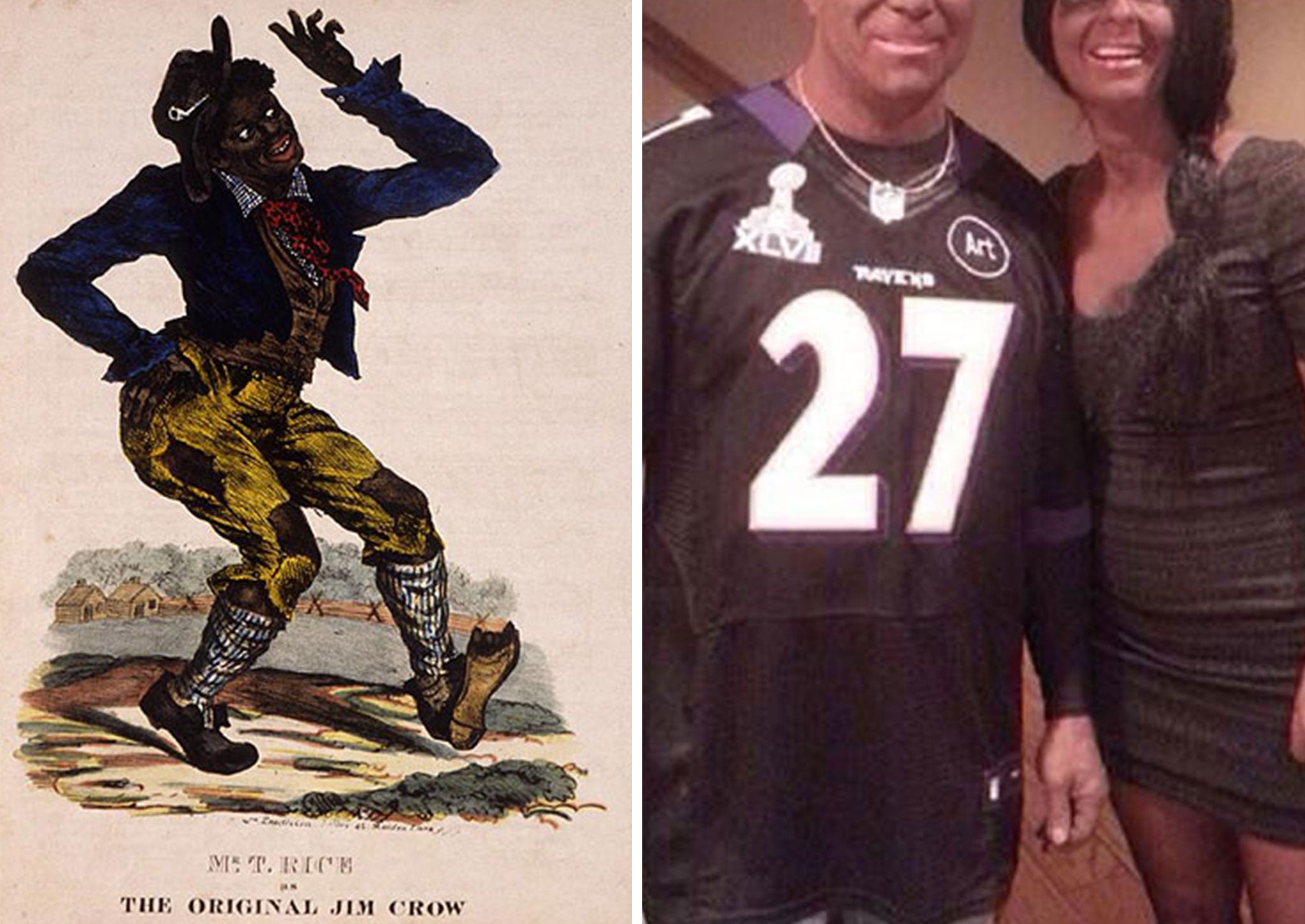The scariest thing about Halloween is seeing all the douchebags who think racial masquerade is okay
When it comes to costumes, white people have most superheroes, politicians, serial killers, and famous dead artists to choose from. So why do so many still get it so wrong?

Your support helps us to tell the story
From reproductive rights to climate change to Big Tech, The Independent is on the ground when the story is developing. Whether it's investigating the financials of Elon Musk's pro-Trump PAC or producing our latest documentary, 'The A Word', which shines a light on the American women fighting for reproductive rights, we know how important it is to parse out the facts from the messaging.
At such a critical moment in US history, we need reporters on the ground. Your donation allows us to keep sending journalists to speak to both sides of the story.
The Independent is trusted by Americans across the entire political spectrum. And unlike many other quality news outlets, we choose not to lock Americans out of our reporting and analysis with paywalls. We believe quality journalism should be available to everyone, paid for by those who can afford it.
Your support makes all the difference.I am not sure when it happened exactly, but some time in the recent past, Halloween stopped being a children’s holiday about candy and carving pumpkins. Today, Halloween is an ever more adult event, selling pumpkin-flavored cocktails and plastic “sexy ebola nurse” costumes to Millennials.
Every October, social media delivers fresh outrages about white people dressing up as Trayvon Martin or Ray Rice, about an all-white fraternity at Flyover State University that had a “pimps and hoes” themed party, or pictures of somebody’s high school football coaches dressed up as the Jamaican Bobsled Team.
It does appear that these practice are on the decline, in part because of the social media outrage they generate. But the desire for white people to play with racial masquerade remains a strong temptation. It's a temptation that has long played a formative role in making American whiteness.
American popular culture was mythically born of acts of racial and cultural appropriation. The Boston Tea party featured a band of American patriots dressed up like Indians to thwart British tax collectors. In the late 1820s an Irish immigrant and comedic actor named TD Rice learned a dance and a little lyric known as the “Jump Jim Crow” from a black man who may or may not have been enslaved.
Rice adopted the burnt cork racial mask - like the generations of Shakespearian actors who had to play Othello - and turned blackface minstrelsy into America’s first new form of popular culture. It is no accident that at the end of the 19th century, this minstrel character gave his name to the system of racial segregation that ruled most black Americans until the 1960s.
When the movies discovered sound in the 1920s, blackface entered the film era. In The Jazz Singer, Al Jolson wore blackface to sing in the place of black people, stealing their look, their songs, their voice and persona, all to earn a cultural promotion into whiteness, while keeping real black folks prisoners to their own projected image.
By performing as African Americans or Indians, white people get to play act a kind of imaginary liberation, dreaming that people of color are somehow more free than white people are. They're amused by the idea that an otherwise oppressed minority can drink, dance and cut loose. But this imaginary freedom only exists on some kind of stage, or, especially in the 21st century, at the Halloween party. Because the best part of dressing up with a fake afro or dreads for Halloween is that white people get to take the wig off the next morning and go back to being white. And that is what white privilege looks like.
So what’s an inoffensive white person to do? The basic rule is simple: no racial masquerade. It does not matter if has a “positive” or “negative” association. White people dressing up as Fu-Manchu or an Indian squaw is just as bad as white people dressing up like Bruce Lee or Beyonce.
This means no race-based face paint. Ever. For any reason. You wanna paint your face green and be Frankenstein, go for it. You wanna paint your pink face pale white and be a vampire or zombie, that’s a good look on you. But do you wanna smear brown shoe polish on your face, put on a poncho and sombrero, drink too much tequila and call yourself el borracho all night. Hell. No. That certifies you as a douchebag.
White people just need to stick to white characters (sexy or not is your choice). It’s not like there is any shortage. We have 99 per cent of all the superheroes to choose from, all but two Star Wars characters, all but one or two of the most recognizable politicians from the last century, and damn near all the talkshow hosts, cartoon characters, founding fathers, serial killers and famous dead artists. So not being able to dress up like Frida Khalo or Mario Balotelli should not be such a sacrifice, even if you do love her unibrow and his mohawk.
Blackness may be many things both beautiful and troubled, but it is most certainly not a mask that black people can just choose to take off. The truth is that Halloween - sort of like the Fourth of July or St. Patricks Day or Columbus Day for that matter - is just not the best holiday to be a person of color in America.
Michael Mark Cohen teaches American Studies and African American Studies at the University of California at Berkeley. You can follow him on twitter @lilbillhaywood and read his work at medium.com/@michaelcohen
Join our commenting forum
Join thought-provoking conversations, follow other Independent readers and see their replies
Comments